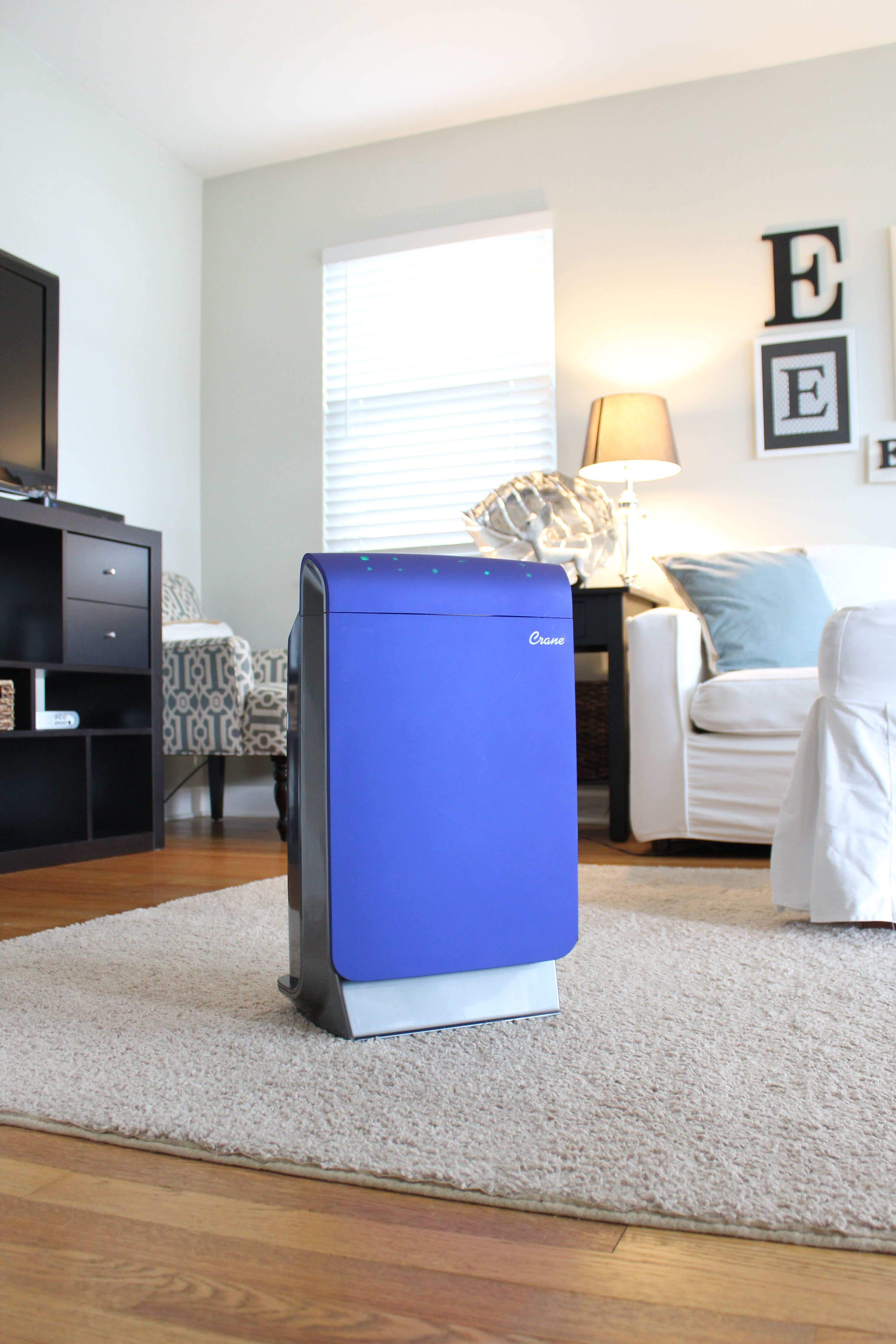Going Global: How Crane USA Embraced Data Standards For Omni-Channel Agility
By Michelle Covey, GS1 US

In today’s highly competitive retail environment, mounting pressure can surround any brand. Consumers want convenience, quality, and transparency. Retailers want to hold their margins. Manufacturers around the globe seek to minimize costs and balance production windows with accelerated turnaround cycles.
With rising demand, manual order fulfillment and inventory management processes simply won’t yield success. This is a lesson Crane USA recently learned after launching its own branded products and partnering with nearly 60 retailers.
 Crane has a unique, niche product line including humidifiers, space heaters, fans, and aromatherapy items which can be sold online (direct or through an e-tailer) or stocked at a variety of retailers from drug stores to baby specialty stores to big box chains. In order to effectively manage the growing complexity and global nature of its business, Crane found they needed to embrace data standards and automation to continue their global growth.
Crane has a unique, niche product line including humidifiers, space heaters, fans, and aromatherapy items which can be sold online (direct or through an e-tailer) or stocked at a variety of retailers from drug stores to baby specialty stores to big box chains. In order to effectively manage the growing complexity and global nature of its business, Crane found they needed to embrace data standards and automation to continue their global growth.
An automated order management solution using the GS1 System of Standards was key to meeting the demands of Crane’s breadth of retailers and depth of channels, as well as to introducing overall efficiency into its operations. Crane partnered with DiCentral, a certified GS1 US Solution Partner, to enable Electronic Data Interchange (EDI) integrated order management. EDI enabled a single pipeline for orders to help the company streamline the fulfillment process — whether the order is a single unit, a pallet, or a truckload.
What began as a solution for managing orders became a much more integral component to Crane’s overall operations. Crane discovered four areas where integrating GS1 Standards proved to be pivotal: visibility, retailer satisfaction, supply chain integration, and increased productivity.
Visibility
Leveraging EDI, Crane’s system supplies real-time intelligence for inventory management, sales forecasting, sales reporting, and purchasing reports. DiCentral helped Crane connect all of its retailers, streamlining Crane’s order flow by making its enterprise resource planning (ERP) system the heart of its operation and tying in its accounting system.
“Visibility is a major benefit, not just with order submission and receipt of orders, but by extracting useful intelligence: inventory, forecasting, sales reports, purchasing reports, and so on,” said Dirk Niedermann, president of Crane. “We realized, there’s so much more we can do aside from just sending orders back and forth. We can do sales budgeting and forecasting.”
Also, since Crane humidifier products fall under U.S. Food and Drug Administration (FDA) regulations requiring a global identifier as a medical product, added supply chain visibility helps support compliance. “What do we do if we have a recall? How much production was sold? To what customer? What was the sales order number?” Niedermann said. “Now we have the tracking data that tells us.”
Retailer Satisfaction
“Crane pushed us to expand the capabilities of our order management solution due to challenges in scaling to business growth, and they kept coming back to us for our expertise in omni-channel supply chain,” says Peter Edlund, chief solutions evangelist of DiCentral. “Crane’s challenges surfaced as a result of having to serve multiple sales channels, and customer satisfaction was their top priority.”
The challenge associated with disparate channels is managing them all. Suppliers need to play in all of them, hoping to compensate for any potential failure of any of the larger customers.
“I think that is the biggest challenge: How to be everywhere and accommodate the uniqueness of each of your channels, while scaling to make a profit,” Edlund says.
By switching to a standards-based system that relies on more automation, Crane was able to stay in compliance with many different retailer requirements and limit the costs associated with chargebacks. They also can keep retailer partners better informed of inventory levels and have reduced out-of-stock situations.
Supply Chain Integration
 From source to sale, Crane now has access to valuable data that is equal to the Big Data enjoyed by much larger organizations. Crane can now understand the precise story behind orders throughout its supply chain. Any manufacturer that ships direct to consumer online, while also selling wholesale to retailers knows there is often a disparity between the size of its shipments, reflecting the dissimilarity in its sales channels.
From source to sale, Crane now has access to valuable data that is equal to the Big Data enjoyed by much larger organizations. Crane can now understand the precise story behind orders throughout its supply chain. Any manufacturer that ships direct to consumer online, while also selling wholesale to retailers knows there is often a disparity between the size of its shipments, reflecting the dissimilarity in its sales channels.
For example, Crane could be selling a single humidifier directly to a mother in Missouri, or a pallet of space heaters to a Home Depot in Houston. While a third-party logistics warehouse can fulfill both orders, it is the technology based on data standards that integrates these shipments and gives the business the accuracy it needs to ensure every type of customer is covered.
Increased Productivity
As order volume increases, Crane has found no need to add personnel (and labor costs) with more automated and efficient warehousing operations. By electronically communicating the contents of a shipment directly from the warehouse to its retailer partners, Crane experienced unprecedented efficiency and speed.
“This had a huge impact on integration, because the warehouse had to develop different maps for each and every retailer rather than one map between the warehouse and us. I did not realize the impact this would have on workload and the extent of the challenge,” Niedermann says.
Quite astonishingly, Crane now processes between 60,000 and 70,000 orders per year with only three people. The amount of personnel involved in the order process has not changed, despite the company’s 20 percent growth and the increase in volume.
Ultimately, after realizing the many benefits to be gained through a standards-based system, Crane believes the new way of doing businesses also has boosted a few additional “intangibles.”
“It has definitely alleviated stress on both sides: on the warehouse side and on headquarters’ side. There’s more clarity. Less data entry. There’s an additional ‘happiness factor’ that came with it,” says Niedermann.
To read more details about Crane’s partnership with DiCentral, please visit www.gs1us.org/CraneUSA.
About The Author
Michelle Covey is Vice President of Retail Apparel and General Merchandise at GS1 US and leads the GS1 US Apparel and General Merchandise Initiative.
